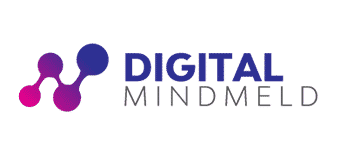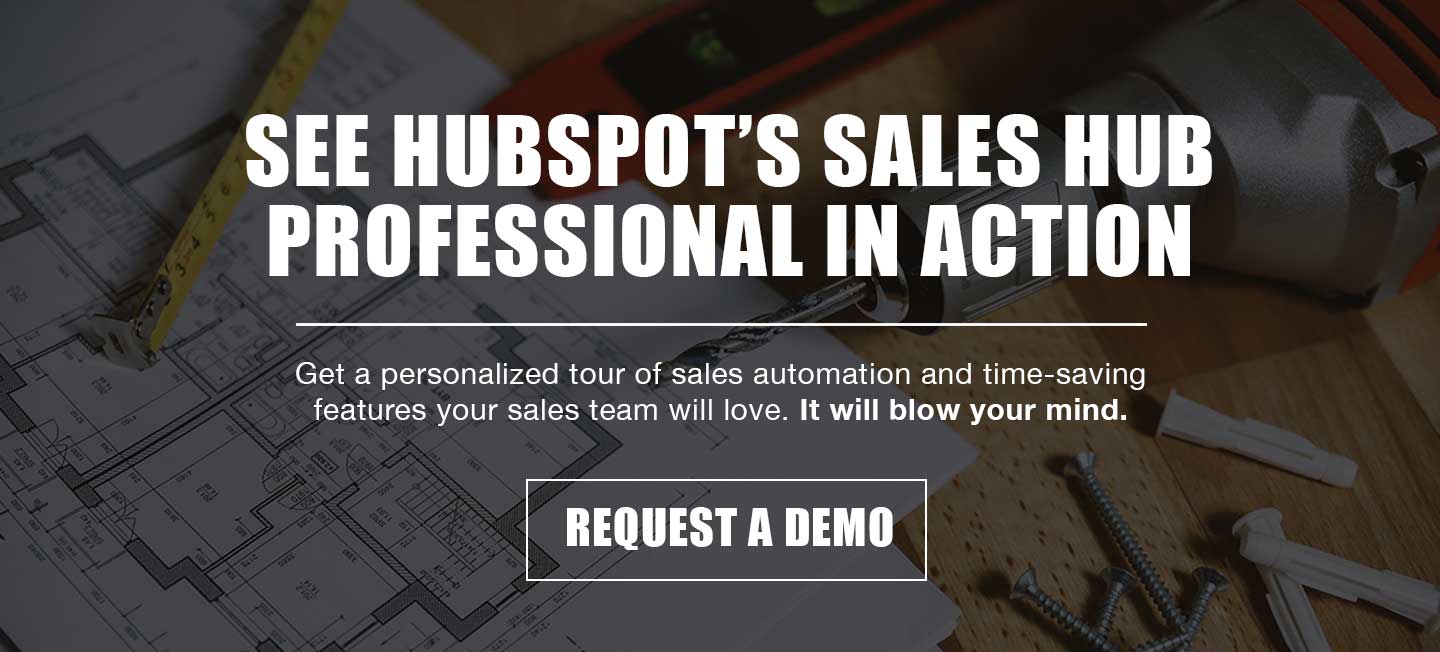RIP Sales Development Representatives. The SDR role had a good run for many SaaS companies over the years but much like the Retail Apocalypse, the pandemic has only accelerated its demise.
In the pre-COVID days, people were already getting better at screening calls and avoiding interruptions. Even government legislation like GDPR in Europe started cracking down on unsolicited communications.
I know what you might be thinking. The SDR role and cold calling aren’t dead, “it’s evolving.”
Yes, the approach to engaging prospects is changing but I’m not convinced that an entry-level position making 50 dials a day is the way to do it. Here’s why I believe the role is becoming obsolete:
It’s too easy to drop the baton
Passing on leads from Marketing to Sales can be tricky. Sometimes, your sales team might not follow up with inbound leads in a timely manner—if at all. When they finally do, your sales reps may be missing the context in which prospects are engaging with your company
When you have an SDR build rapport with a prospect, then they’re handed off to an Account Executive to do the demo, they could overlook the most important pain points that were discussed during the initial conversation.
If you’re lucky, you might still be able to recover and win the deal, but it’s not pretty.

In my opinion, it’s best to minimize the number of handoffs in the sales process. This approach allows your sales team to build relationships with customers which is crucial to turning them into advocates for your company.
Sales teams must lead with empathy
We all know that people make purchases based on emotions. That’s why some of the most successful sales reps I’ve worked with practice empathy to build rapport and connect with prospects on a higher emotional level.
The problem with the SDR role is that you’re so focused on qualifying prospects and talking about the company that you overlook prospect’s unique perspectives and challenges.
These days, people are grieving the loss of a loved one or feeling down in the dumps from being on lockdown for so long. The last thing they want to hear is someone reading them a script. Just put yourself in their shoes for a minute and you’ll probably agree.
Unsolicited calls reflect poorly on your brand.
Building a brand is hard work. It requires quality touchpoints consistently over a period of time to create positive emotional connections with your company. On the other hand, destroying a brand is easy. All you have to do is make unsolicited calls to unqualified prospects over and over again so they share their experience with their friends.
This morning, I received my third call from a solar company in Colorado trying to sell me solar panels for my home. Although I was annoyed by the interruption, I practiced empathy and politely thanked them for the call, and asked to be removed from his list (again).
After I hung up, I wondered if the repeated calls were a tactic to increase brand recognition. After all, telemarketers and SDRs are known to change up their scripts every once in a while…
Although the SDR succeeded at increasing name recognition for his solar company, it’s not in the way that he intended. When it comes time to get solar panels, I’ll know who NOT to call.
You’re Competing on the Customer Experience
If you’re in a market where demand is increasing, it’s only a matter of time when you end up in a red ocean with fierce competition fighting for customers. The more competitors you have, the more critical it is to optimize the customer experience to gain a competitive edge.
With cold calling, you’re spending time and money on reaching out to people who might not be interested in your products or services. Oftentimes, you’re calling without context which is a waste of time for everyone.
You can set yourself apart from competitors by delivering a better user experience on your website, accelerating the response times, being helpful, and meeting buyers where they are at in the buying process.
The Buyer’s Journey has evolved
It turns out that 90% of B2B decision-makers don’t respond to cold sales outreach and only 1% of cold calls actually result in meetings. I’m sure the conversion rates were a lot higher before the Internet.
These days, prospective customers are searching for ideas on Google, reading reviews, and prefer to do research on their own. That explains why 60% of B2B buyers prefer not to interact with a sales rep as the primary source of information.
Here’s what you can do instead
I know hiring an SDR may seem like a low-risk, short-term approach to acquiring new customers. Before you pull the trigger on making the hire, here are a few things you can invest in instead:
Build systems to generate more inbound leads.
To address the main issues with interrupting prospects and pitching your products, you can plan and execute an inbound campaign to start attracting people with relevant and helpful content. An inbound campaign is a focused effort to align all your communication channels around a single message and goal.
For example, you create a valuable eBook or guide on “How to Increase Revenue with [Topic]” that you promote through your marketing channels (i.e. blog, social, email, Google Ads, etc.). Depending on your internal marketing capabilities, you can often start generating leads in a fraction of the time it takes to onboard an SDR.
Enable your sales team to scale communications.
The traditional weapons sales reps have used to go into battle are phone and email. As technology and customer behavior continues to change, old-school sales reps need to adapt so they’re not bringing knives to a gunfight.
Modern sales reps are tech-savvy, adaptive, empathetic, and data-driven. They are comfortable recording and sending video emails to prospects or posting videos of themselves on LinkedIn. They also use high-converting email templates and sequences to automate prospecting activities.
By scaling communications, your sales team is able to create leverage to build trust and gain top-of-mind preference with prospects. In competitive situations, your sales rep’s personal brand could become a sustainable competitive advantage for your business.
Modernize your CRM and technology stack.
When I was in sales in the early 2000s, the activity I hated the most was data entry. Entering notes and logging activities for every prospect I contacted throughout the week was painful. It’s no wonder sales reps spend less than 36% of their time selling and less than 18% in the CRM.
CRMs have come a long way since the early days of ACT! And Goldmine. Modern CRMs have native integrations with a sales rep’s phone, email, and calendars to minimize the need to log activities needed to measure performance. You can also use automation to eliminate the need for sales reps to update properties, which they forget to do anyways.
A modern CRM platform also integrates all your marketing, sales, and service activities to give you a holistic view of the entire customer journey. What’s that mean? The sales team will be able to gain contextual intelligence from chat sessions, marketing email clicks, website page views, and social media interactions to ask deeper questions during their discovery sessions. After you win the deal, your sales reps will be able to see interactions with your service team so they can determine if a customer would be willing to refer new business to them.
The Path Forward
The future of sales is a frictionless buying experience that combines empathy, contextual intelligence, and the genuine desire to help businesses succeed. Sales teams will be technologically enabled and work so efficiently so that they will be able to build strong relationships with customers.
Thanks to the pandemic, the days of SDRs cold calling and interrupting people to pitch your products and services are over. The SDR role has lived a long, beautiful life and I want you to remember all the contributions they have made to your business. May the SDRs rest in peace.





